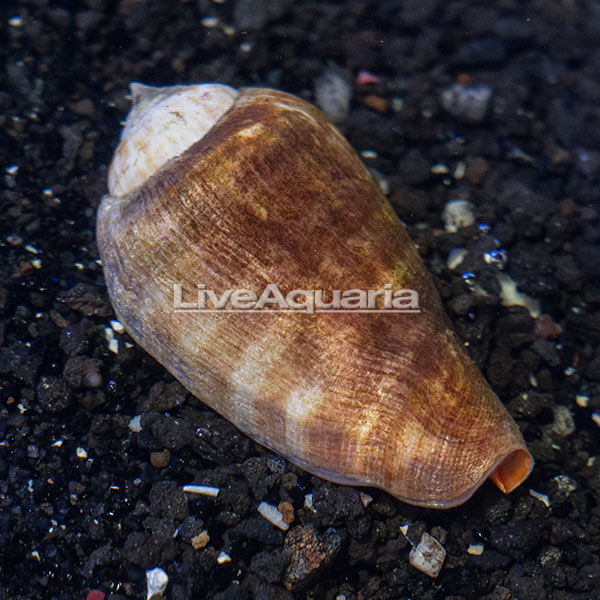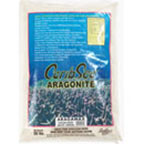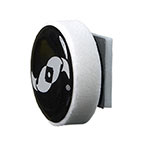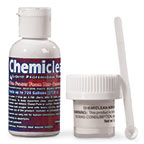
Additional locales and sizes may be available!
Additional locales and sizes may be available! Email me when availableQuick Stats
What do these Quick Stats mean? Click here for more information
What do these Quick Stats mean? Click here for more information
Overview
With well-developed eyesight, they can keep a watchful eye on their surroundings. The Orange Lip Conch Snail has eyes with regenerative sensory tentacles that help them find food and detect predators. Bottom dwellers and sand sifters, they use their modified foot for transportation and move with a leaping action, especially helpful when eluding predators. In nature, they form colonies and move among sandy substrates. Like other invertebrates, they are sensitive to copper and are particularly affected by high levels of nitrates.
Omnivores, this member of the Strombidae family feeds on algae and detritus and benefits from supplemental feedings of algae pellets, seaweed, and frozen vegetable foods or fish small enough for them to eat.
Approximate Purchase Size: 1” to 3”











